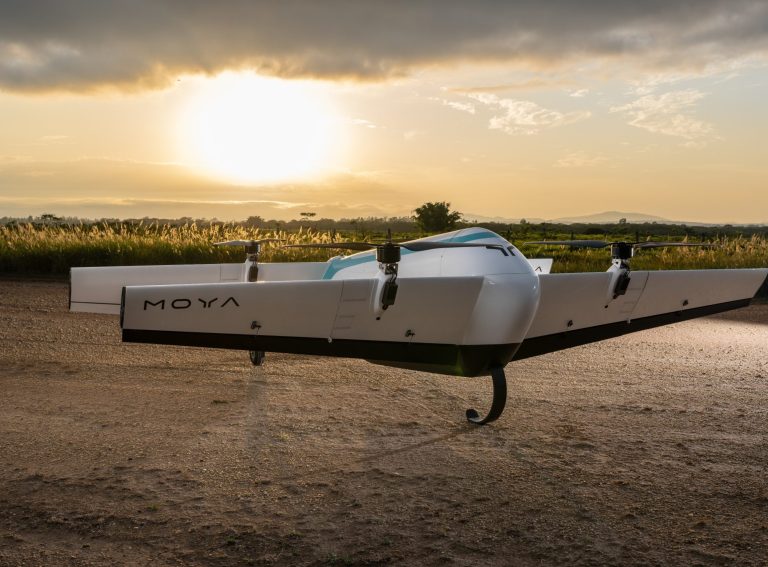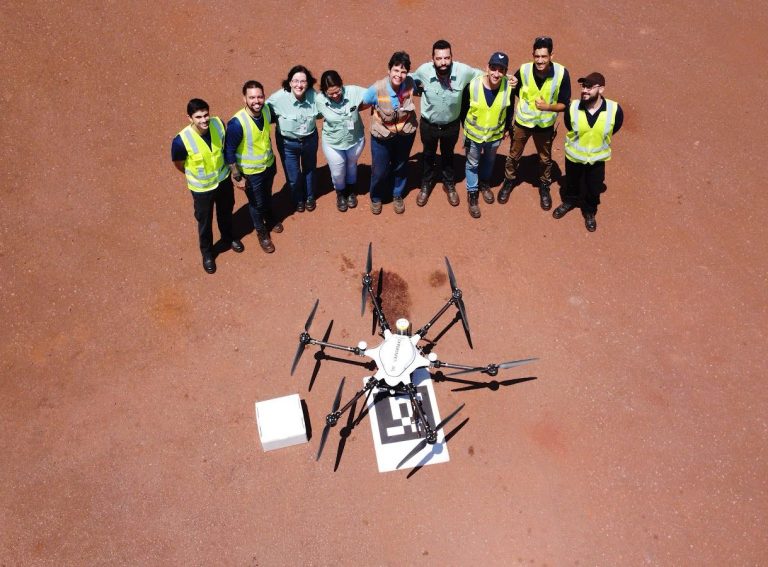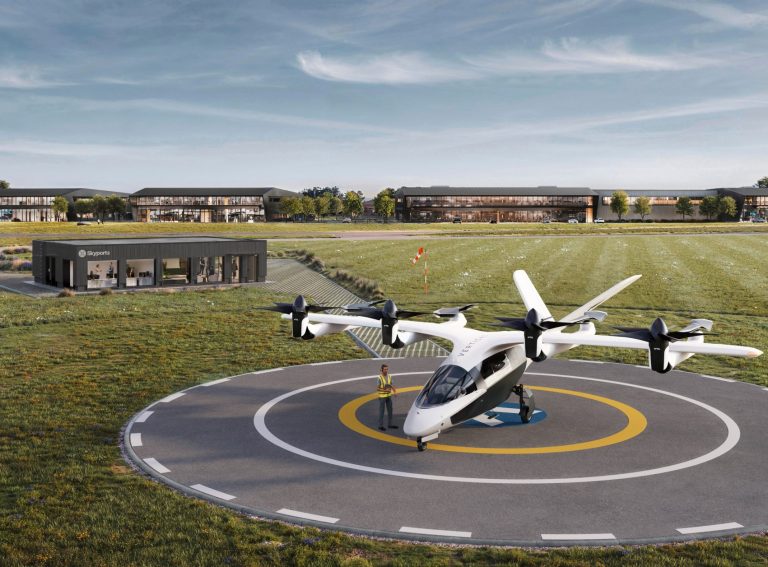Photo by Mitch Nielsen on Unsplash
The International Transport Forum (ITF) has examined the impact that new last-metre delivery services like drones have on the efficiency of urban logistics.
In its study titled ‘The Final Frontier of Urban Logistics: Tackling the Last Metres’, the ITF suggests that a lot of time on parcel delivery is spent during the last metres of the delivery, such as going to the customer’s door, re-delivering missed deliveries, and waiting for customers to collect their parcels.
As the rise of e-commerce has increased, proposed solutions for sustainably accommodating the growing demand of parcels include porters, bicycle deliveries, and automated delivery pods like drones and robots.
“A shift of last-mile alternatives towards lighter vehicles including cargo bikes can improve the efficiency of the last metres of the delivery and help minimise the amount of time spent dwelling or parked at the curb,” John Pritchard, ITF Transport Policy Modeler and Analyst and author of the report, told Zag Daily.
“Smaller vehicles can potentially provide benefits in terms of reduced space consumption and associated emissions, while also reducing costs and improving the operational efficiency by allowing deliveries to park closer to the intended destination (thus minimising walking time) and avoid congestion delays in some contexts.”
The report found that automated drones and robots are unlikely to “significantly” displace existing last-mile and last-metre alternatives in urban logistics. This is due to their operational limitations such as large dimension sizes, limited capacities, increased costs, and public acceptance which makes them more suited to non-urban contexts.
The ITF says that without safe locations to drop off packages, autonomous last-metre solutions would likely face the same challenges as logistics employees, like waiting for customers to collect packages from public paths or streets, and having to make more than one delivery attempt when the customer is not available.
“Cities must be prepared to manage the added legal complexities of automation before deploying innovative automated last-metre solutions for urban freight deliveries.
“Policy makers establishing rules for mobility-space use bear a fundamental responsibility to ensure that the uptake of sidewalk delivery robots, drones or any other delivery innovation does not compromise pedestrians’ and other users’ safety in public spaces.”
The ITF therefore calls for transferring the final metres of delivery to the recipient and states that lower-tech solutions like using pick-up points may be more efficient for completing the last metres of urban delivery and more effective at mitigating negative externalities caused by automated solutions.
It encourages the creation of policy frameworks that manage urban freight operations while safeguarding public interests, and says that innovation should be aligned with the needs of society as a whole.
The report says policymakers should analyse the impacts of new last-metre services before managing their use and deployment, and it also states that local, regional and national policies are aligned to manage the legal complexities of automation.




